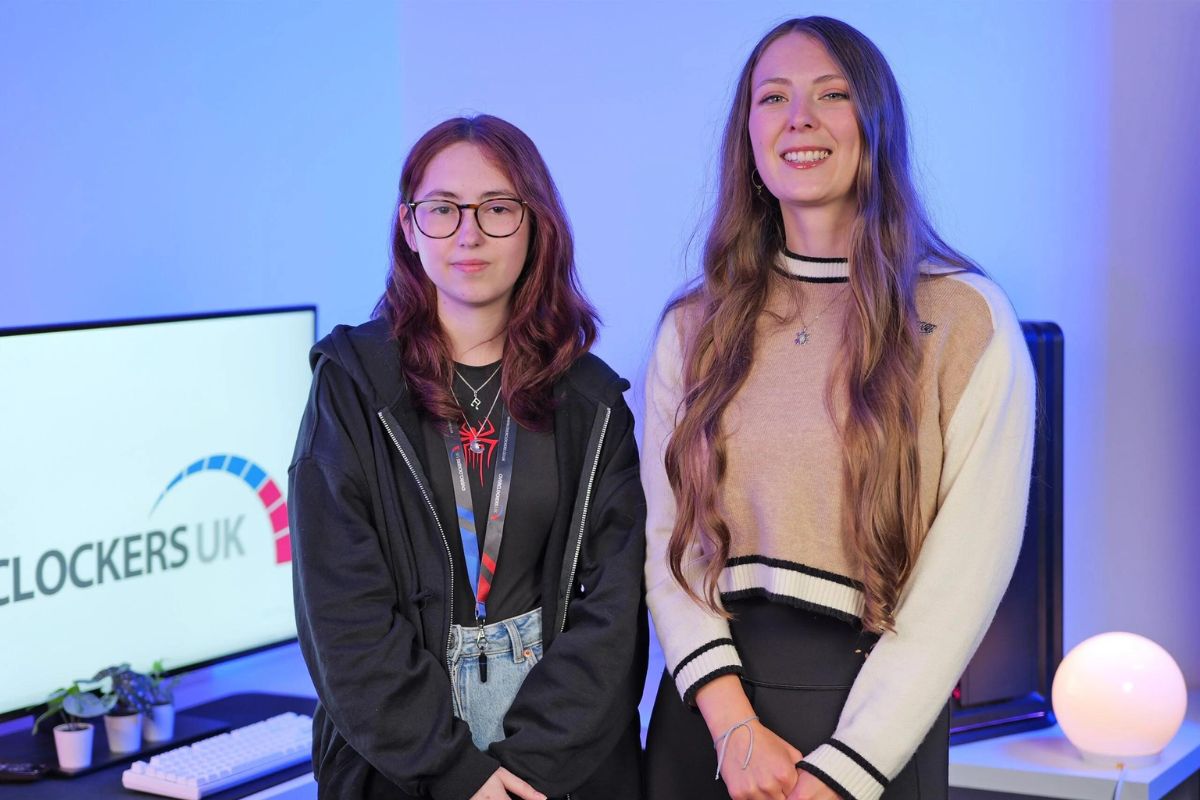‘Social Mobility: The Next Generation’ Report- Sector Response

This report from The Sutton Trust focuses on the progress of young individuals from diverse backgrounds who ranked in the top third of achievers at the end of primary school, analysing their performance during secondary school.
It highlights that high-achieving students from disadvantaged backgrounds have the highest probability of achieving social mobility. Social Mobility: The Next Generation, aims to investigate the barriers preventing this group from realising their potential and what are the circumstances and policies associated with educational and labour market success.
Key Findings:
What are the characteristics of disadvantaged high attainers?
- Disadvantaged high attainers are less likely to be White (62%), than average (75%) and other high attainers (79%). Among them, the number of Black African and Bangladeshi pupils is more than double their proportion in the population.
- They are also concentrated in London, with 25% attending school in the capital, compared to 14% of other high attainers. More advantaged high attainers are most likely to attend school in the wider South East. Just 5% of disadvantaged high attainers attend grammar schools, compared to 13% of other high attainers.
- 16% of disadvantaged high attainers are a young carer – 11 percentage points more likely than other high attainers (5%). They are less than half as likely to have a parent with a degree, and four times more likely to live in a single-parent household compared to other high attainers.
- Disadvantaged high attainers tend to be eligible for Free School Meals (FSM)for less of their school time than other FSM students, highlighting the impact of persistent disadvantage on grades.
How do disadvantaged high attainers progress at secondary school?
- Disadvantaged high attainers had GCSE grades on average more than three quarters of a grade lower per subject than the grades of other high attainers, a full grade lower than those from the most affluent backgrounds, and are almost twice as likely to drop out of the top third of attainment at GCSE.
- 62% of non-disadvantaged high attainers got five or more grade 7-9s at GCSE in 2021, compared to 40% of disadvantaged high attainers. If the disadvantaged group progressed at the same rate as their peers, there would have been almost 7,000 more achieving top grades. Over five years, this amounts to over 28,000.
- Looking at Progress 8, a measure of progress made between primary school and GCSEs, disadvantaged high attainers make less progress than the average student (a third of a grade per subject), and score more similarly to other Free School Meal students (half a grade less than average), compared to other high attainers, who progress a third of a grade higher than average. There was a slight widening of this gap in 2020 and 2021 in comparison to previous years.
- Within the disadvantaged high attainer group, those most likely to fall behind at GCSE included boys, White and Black Caribbean pupils, those with Special Educational Needs, and pupils in the North East.
- In Year 12, disadvantaged high attainers were nearly twice as likely to be at a Further Education college (12%) compared to other high attainers (7%).
Experiences and attitudes
- Despite their high grades, 21% of disadvantaged high attainers agreed with the statement ‘people like me don’t have much of a chance in life’, more than double the figure of other high attainers saying the same (10%).
- Disadvantaged high attainers were over three times more likely to lack a suitable device to study at the beginning of the pandemic, and twice as likely to lack a suitable place to study.
- They were less than half as likely to receive private tutoring compared to other high attainers, but more likely to receive catch-up tutoring at school – 26%, compared to 18% of other high attainers. Though this was less than other FSM pupils (34%).
- 37% of disadvantaged high attainers feel they have fallen behind their classmates as a result of the pandemic’s disruption, compared to 22% of other high attainers.
- When asked about what they are most likely to be doing in two years’ time, disadvantaged high attainers were 10 percentage points less likely to report that they think they will be studying compared to other high attainers, at 65% and 75% respectively. The figure for private school students of any attainment level is 85%.
Read the full report here.
Sector Response
Julie McCulloch, Director of Policy at the Association of School and College Leaders, said:
“The Sutton Trust report should provide sobering reading for a government which has obsessed with inspections, performance tables and metrics of all descriptions, rather than on the investment that is needed to support every young person, regardless of background.
“The challenges facing disadvantaged young people start early in life and continue throughout schooling and beyond. As a result, the attainment gap with other children widens throughout their education. To close this gap, there must be greater investment and support for schools and colleges in general, and particularly those in disadvantaged areas facing the greatest challenges.
“The government could not even manage to resist strangling its own National Tutoring Programme with red tape – including expecting schools to top up funding with money they don’t have. As a result, the coverage is patchy, at best, and there is little chance of it being embedded in any long-term strategy for education.”
Kevin Courtney, Joint General Secretary of the National Education Union, said:
“These new findings help to demonstrate the scale of inequality in our society, which is reflected in the school system. That poverty and disadvantage can have such severe impacts on children’s educational experience is a stark message to Government that they must do more to support schools to make education work for every child.
“Children experiencing hardship and poverty face particular barriers to accessing education. Stigma and social exclusion prevent learners focusing on their schooling. Access to resources is limited. Pressure of time – when children have caring responsibilities in the home – is acute.
“Our members see this every day in their schools. In a recent survey 78% of teachers told us that they or their school is providing help with uniforms for disadvantaged pupils, as well as 58% providing extra food during the day. Thatis why the No Child Left Behind group – led by the NEU – is campaigning for free school meals for all primary-age pupils.
“It shouldn’t fall on teachers or schools to be providing support where there are huge gaps in social provision. Education is an entitlement that should be accessible to all, regardless of economic fortunes or prior attainment. The Government must urgently and sustainably uplift school funding to give schools the resources they need. It must ensure that funding for programmes such as the NTP is sufficient and long-term. These kinds of support must be available to all schools and all disadvantaged children, not just those with high prior attainment.”
James Bowen, assistant general secretary at school leaders’ union NAHT, said:
“Barriers faced by disadvantaged children, including in education, have been exacerbated over the last decade by funding cuts to schools and community services, the pandemic, and now the cost of living crisis.
“Schools do their best to support pupils, but they cannot do this alone. The government refused to properly fund its Covid recovery plan, and financial pressures mean many schools will be unable to continue offering extra tutoring to pupils who need it most as government subsidies are reduced.
“Serious government investment is needed, not just schools, but in services like social care and mental health, and in opportunities and financial support for the poorest families. Without this, inequalities will persist and schools will continue to find it difficult to close this unjust attainment gap.”
Teach First CEO Russell Hobby said:
“This report paints a worrying picture of some of Britain’s brightest young people being held back because of factors totally outside of their control.
“If we’re going to fix this, we need to get great teachers where they’re needed most. With the cost-of-living crisis impacting people’s career decisions, Teach First is now offering financial support for top graduates becoming trainee teachers to relocate or commute to schools serving disadvantaged communities.
“We’re also calling on the government to weight funding to schools in the poorest areas. Education has the power to change lives, but if we’re to empower every young person to fulfil their potential, it’s vital we invest in their futures now.”











Responses